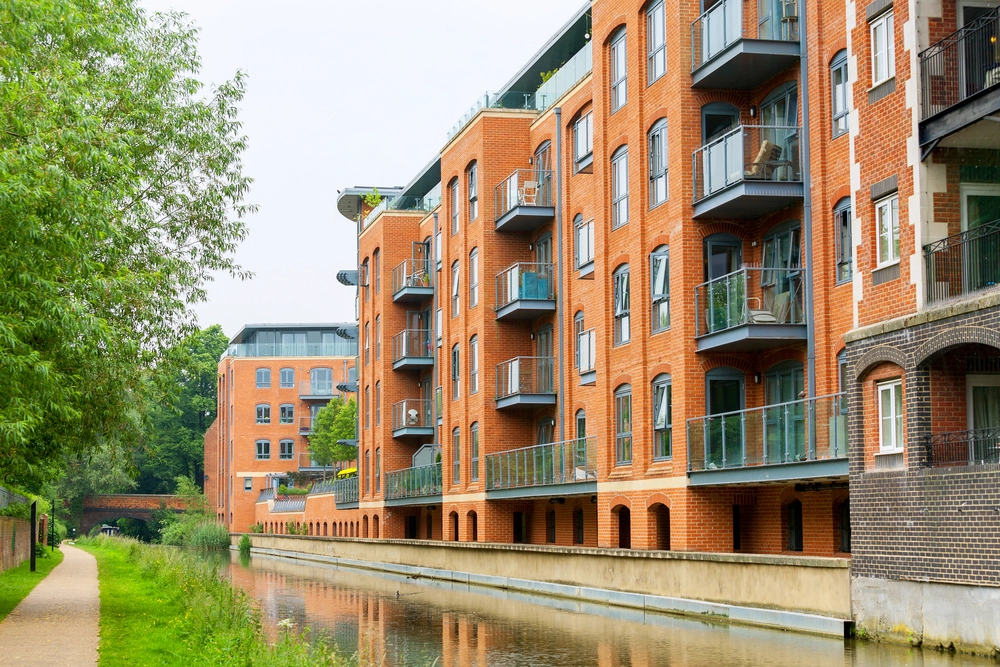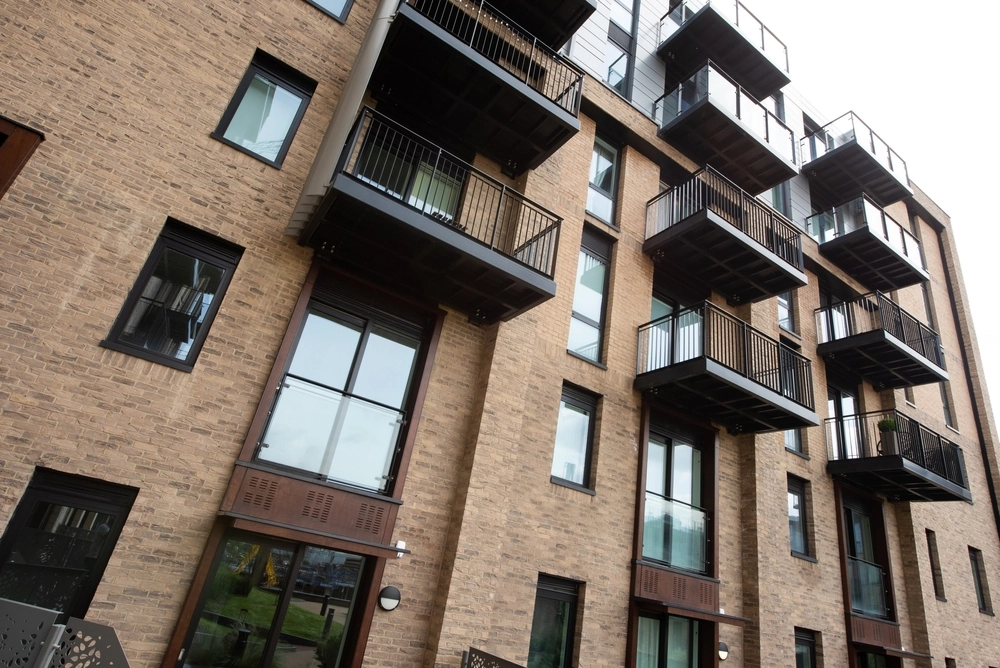3. The legal restriction on title
When a First Home is sold for the first time by the developer to the first home buyer, First Homes status should be registered on the property’s title register at HM Land Registry. This ensures that the discount will be passed on from the first to subsequent owners. When a sale to a subsequent has been agreed, the local authority must confirm to HM Land Registry that all First Homes eligibility criteria have been met and the discount has been applied before the transfer of ownership can take place. The discount is defined as a percentage of the property’s market value at any one time.
The implications of this will be the title cannot be transferred to another owner unless the local authority certifies to HM Land Registry that the criteria has been met and if so, the local authority will provide the relevant Certificate of Compliance to satisfy the restriction.
As well as the legal restriction, there will also be provisions within the plot transfer which includes wording from the S.106 Agreement for the development. This will mean the discount is tied to the property and not the buyer – so when the latter eventually sell up and move, the subsequent purchaser will also receive the same discount, albeit on the value of the property at that stage. As with other properties, that value will be determined independently by estate agents and surveyors.
It is also important to note that the plot transfers will include wording to restrict the home owner from using the property other than as their primary dwelling, subject to sub-letting requirements set out by the local authority.
To ensure that mortgagees are not bound by the requirement to sell the property under the First Homes criteria in the event that they have to enforce their security, there will be a Mortgagee Exclusion Clause within the S.106 Agreement and also in the plot transfer.




















































